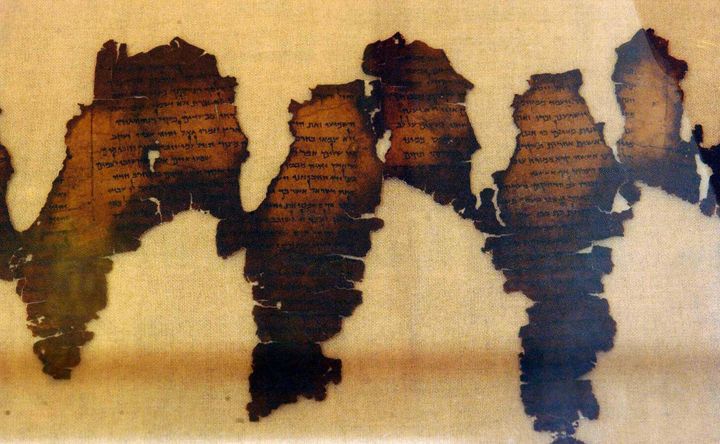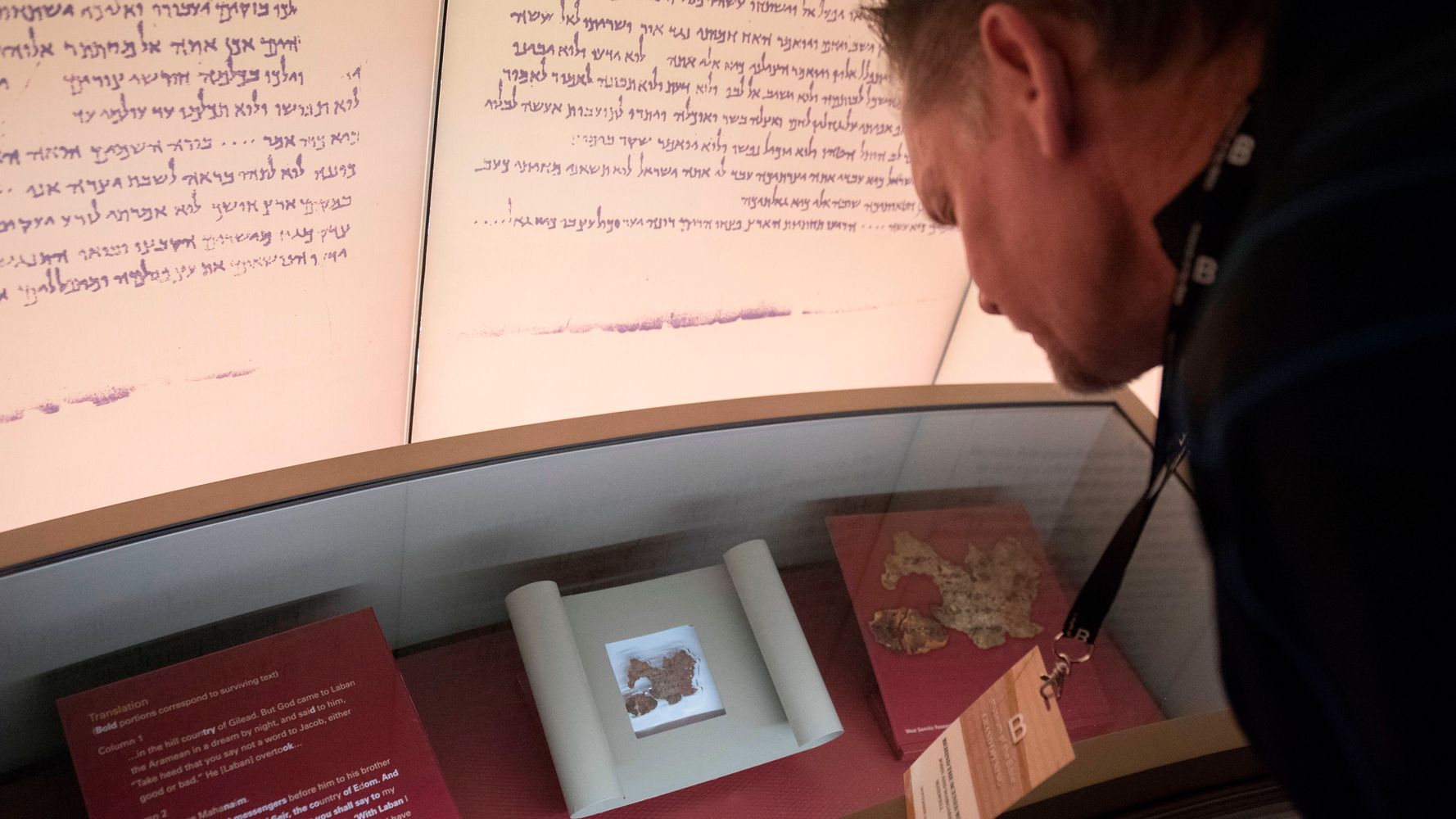[ad_1]
A scientific study examining the authenticity of purported Dead Sea Scroll fragments at the Museum of the Bible in Washington D.C. has determined that all 16 of the perceived religious artifacts are fake.
Museum officials revealed the results of a months-long study that they commissioned after a previous 2018 study found that five of the fragments ― purchased in 2016, the year before the facility opened ― were inauthentic.
The museum, funded by religious billionaire Hobby Lobby president Steve Green, hired investigative company Art Fraud Insights to analyze its entire collection after the results of that study.
“After an exhaustive review of all the imaging and scientific analysis results, it is evident that none of the textual fragments in Museum of the Bible’s Dead Sea Scroll collection are authentic,” Colette Loll, Art Fraud Insights’ founder and director, said in her report’s executive summary.
She said characteristics of the fragments “suggest they are deliberate forgeries created in the twentieth century with the intent to mimic authentic” bits of the scrolls.
The Dead Sea Scrolls are ancient Jewish manuscripts dating from the third century BCE to the first century CE that represent the earliest evidence of Biblical text. Authentic artifacts were unearthed in caves on the northwestern shores of the Dead Sea between 1947 and 1956; a few were found intact but most were only in fragments, according to the Israel Museum, which houses many of the manuscripts for display.

Inconsistencies between the Bible museum’s fragments and authentic ones raised suspicions for researchers about the ones in the Washington exhibit.
The museum’s fragments appeared to be made of degraded shreds of archeological leather rather than parchment, which is characteristic of the authentic scrolls. Hair on the leather also appears to have been removed with lime. Lime-depilation is a process that postdates the original Dead Sea Scrolls, the Art Fraud Insights report states.
The sophisticated and costly methods employed to discover the truth about our collection could be used to shed light on other suspicious fragments.
Dr. Jeffrey Kloha, Museum of the Bible’s chief curatorial officer
Jeffrey Kloha, the Museum of the Bible’s chief curatorial officer, said the facility’s exhibit will likely be repurposed with the help of the fraud investigators so that it details the history of the Dead Sea Scrolls and research related to them.
He also said, “The sophisticated and costly methods employed to discover the truth about our collection could be used to shed light on other suspicious fragments and perhaps even be effective in uncovering who is responsible for these forgeries.”
Loll praised the museum’s decision to be forthcoming about the research’s results, no matter the unfavorable finding.
“What Museum of the Bible is doing is extremely important in the museum world,” she said. “Usually, items that are determined to be fake are quietly removed from display and transferred to the euphemistic ‘study collection.’ Museum of the Bible has opted to be as transparent as possible with its collection of Dead Sea Scrolls.”
Calling all HuffPost superfans!
Sign up for membership to become a founding member and help shape HuffPost’s next chapter
[ad_2]
Source link

